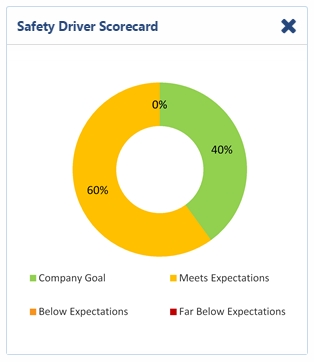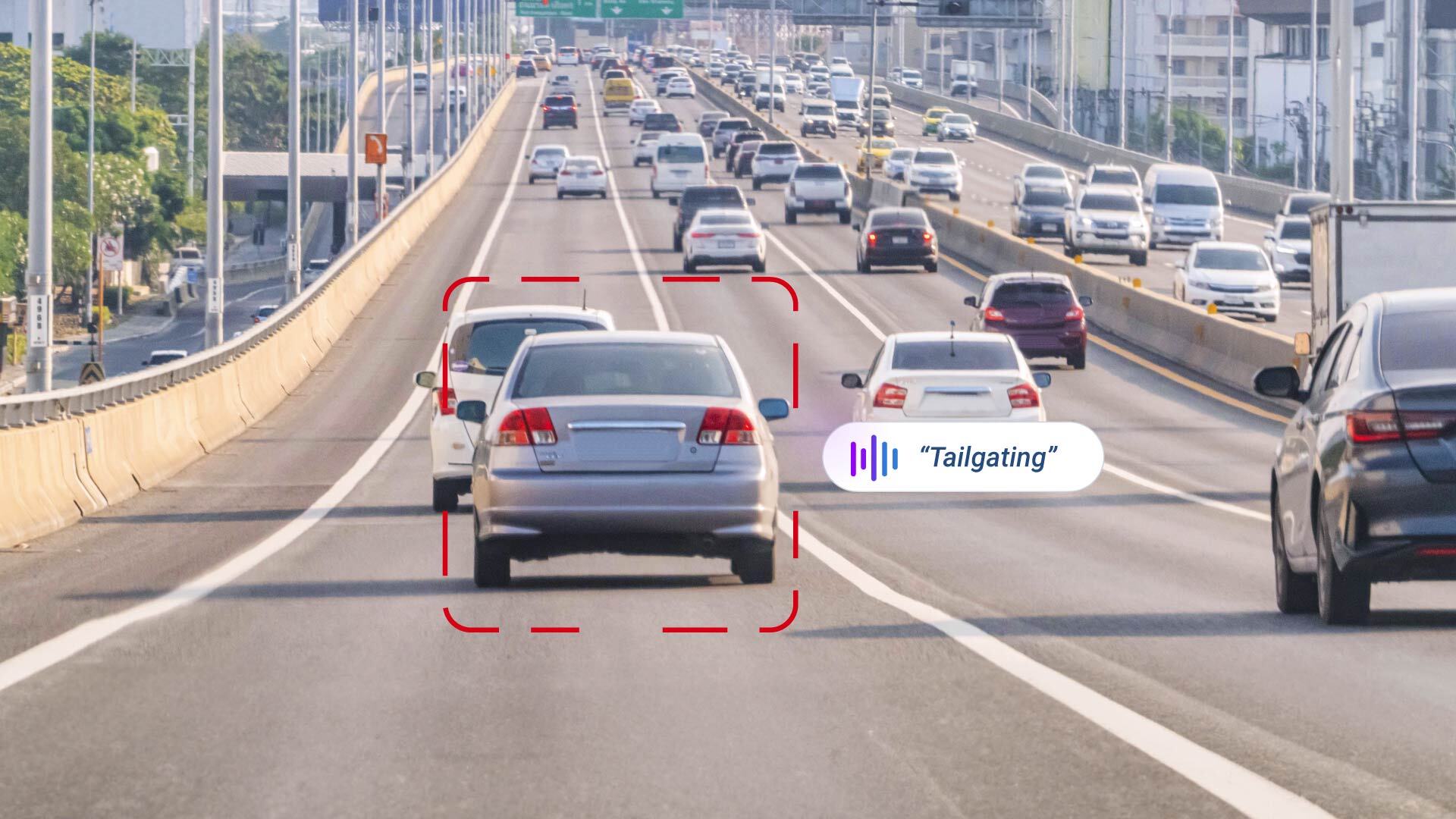EU road safety: Saving lives with smart tech
Almost 70 people a day are dying on European roads. The EU Road Safety Programme seeks to reduce road fatalities with seven strategic objectives.

Mar 8, 2023

Almost 70 people a day are dying on European roads and up to five times as many are seriously injured, according to the latest figures published by the European Commission (EC). These fatalities cause misery and heartbreak for many families and negatively impact the economy. The report on EU road safety reveals that Sweden, the Netherlands, the UK, and Malta have the lowest rates of road fatalities, and the highest rates are found in Latvia, Romania, Lithuania, and Poland.
While the EU still has the world’s safest roads overall, recent statistics show that road deaths in the EU increased 1% from the previous year (from 25,700 in 2014 to 26,000 in 2015). EU Transport Commissioner Violeta Bulc said about the slowdown: “We have achieved impressive results in reducing road fatalities over the last decades but the current stagnation is alarming.”
See also: Truck telematics in Europe: Your questions answered
EU Road Safety Programme
The EU Road Safety Programme, adopted in 2010, tackles the challenge of reducing road fatalities with seven strategic objectives.
These objectives include:
- Safety systems for vehicles (e.g. lane departure warnings, seat belt reminders, and advanced collision prevention systems)
- Infrastructure requirements
- E-call and smart technology
- Driver education and training
- Stronger enforcement of driving offences
- Development of targets and best practices
- Special plan for motorcycles
Suggested Reading: A World Without Human Drivers: Submitting Vehicle Control to the Power of Telematics
Identify risky drivers with a Safety Scorecard
According to the OECD, the top risk factors for collisions in the EU are driving under the influence of alcohol and drugs and not obeying traffic laws. Telematics can help fleets mitigate some of the risks associated with vehicle collisions, especially aggressive driving.
The Safety Scorecard Report allows fleet managers to proactively manage driver behavior by providing a snapshot of the fleet’s overall safety. The customizable scorecard identifies which drivers need training and compares their performance against company goals. The report, available in the Geotab Marketplace, can help reduce possible accidents and increase driver safety.

Monitoring fatigue with telematics
Fleet managers can also use telematics data to monitor signs of fatigue and risky driver behavior such as speeding, hard acceleration and braking, and detect seat belt use. By measuring mileage and rest periods, fleet managers can estimate the level of fatigue of their drivers and warn them to take a break. A report by the UK’s Health and Safety Executive recommends taking a 15 minute break every two hours and avoiding driving in the early morning (midnight-6:00 am) and early afternoon (2:00-4:00 pm) or after eating a heavy meal.
Safety reports can be useful in establishing improvement measures, such as training for problematic drivers or gamification programs supporting employee motivation and corporate social responsibility. In-vehicle sound alerts can be also set up to promote safe driving behaviours and prevent drivers from fatigue.
With telematics, businesses can improve safety and company reputation, and at the same time, increase fuel efficiency and productivity by developing more accurate maintenance processes. All in all, we can’t forget that one of the top reasons for using telematics is to ensure safe and efficient roads and vehicles.
The ultimate objective for any safety technology is to reduce fatalities to zero while mitigating risk by improving driving behavior.
Geotab is dedicated to providing premier solutions for fleet safety and we are continuously developing and enhancing our capabilities in this area.
Read more on telematics in Europe: Ivan Lequerica discusses duty of care for fleet managers.
Subscribe to get industry tips and insights

Pilar Cervigón is a Marketing Manager, Mediterranean for Geotab with a background in media journalism. She is passionate about technology (IoT, Big Data, EVs and Connected Car), nature and literature.
Table of Contents
Subscribe to get industry tips and insights
Related posts
.png)
From the North Pole to the Highway: How AI and Predictive Insights Get Drivers Home for the Holidays
December 16, 2025
2 minute read
.jpg)
.png)
AI dash cams vs. traditional: Which delivers better fleet safety?
December 8, 2025
5 minute read

Elevating Worker Safety Through Simplicity: The OK Alone Story
December 3, 2025
2 minute read

Geotab GO Focus Plus Camera Rules, Thresholds, and Event Buffers Explained
October 27, 2025
2 minute read

How AI dash cams help fleets tackle distracted driving and reduce collisions
October 23, 2025
4 minute read